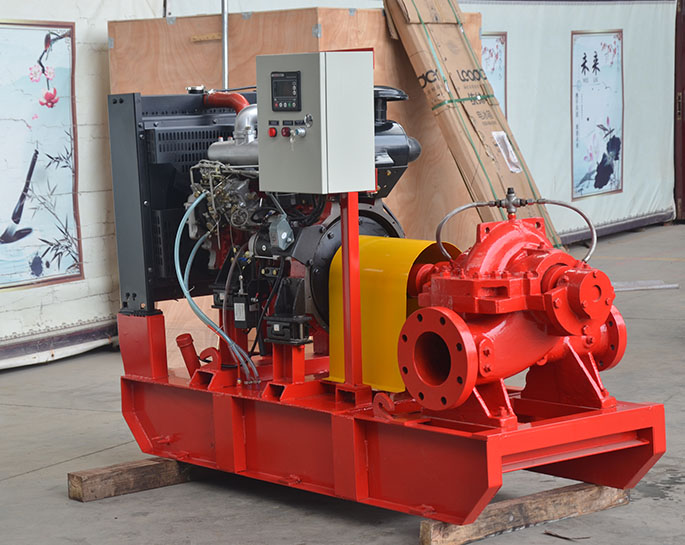How to solve the problem that the self-priming time of the self-priming pump is too long?
If the self-priming time of a self-priming pump is too long, it indicates that the pump is having difficulty evacuating air from the suction line and priming itself. Several factors could contribute to this issue. Here are some steps to help you troubleshoot and solve the problem:
-
Check the Suction Line: Ensure that the suction line is free from any obstructions, debris, or clogs. A blocked or partially blocked suction line can impede the flow of water and lengthen the self-priming time.
-
Verify Check Valve Functionality: The check valve prevents water from flowing back into the suction line after priming. Check if the check valve is working correctly and replace it if it's malfunctioning or stuck.
-
Inspect the Foot Valve: The foot valve at the end of the suction line helps maintain the prime by holding water in the line. If the foot valve is faulty or damaged, it may not be sealing properly, leading to air entering the system. Inspect and clean the foot valve, and if necessary, replace it.
-
Check Impeller and Wear Plate: A worn or damaged impeller or wear plate can reduce the pump's self-priming efficiency. Inspect these components regularly and replace them if they show signs of wear.
-
Air Leaks: Check for air leaks along the suction line, pump housing, and fittings. Air leaks can disrupt the self-priming process and increase the priming time. Use a water and soap solution to identify and seal any air leak points.
-
Suction Lift Height: Verify that the pump is not operating beyond its designed suction lift height. Self-priming pumps have limitations on how high they can lift water. Operating beyond this limit can result in longer priming times.
-
Proper Water Level: Make sure the water source is deep enough to provide a sufficient water level for the pump to prime effectively. If the water level is too low, it will take longer for the pump to draw water into the system.
-
Venting the System: If the pump has a vent plug or priming port, ensure it is opened during the priming process. This helps release trapped air and aids in priming.
-
Pump Speed: Check if the pump is running at the correct speed. Running the pump too slowly can affect its ability to prime efficiently.
-
Maintenance: Regularly maintain the self-priming pump as per the manufacturer's guidelines. This includes cleaning, lubrication, and periodic replacement of worn parts.
-
Avoid Dry Running: Prevent the pump from running dry, as it can damage the impeller and wear plate, leading to reduced self-priming efficiency.
If the issue persists after checking and addressing these points, it may be necessary to consult the manufacturer's technical support or seek assistance from a qualified pump technician to diagnose and resolve the specific problem with your self-priming pump.


.png)
.png)

.png)


